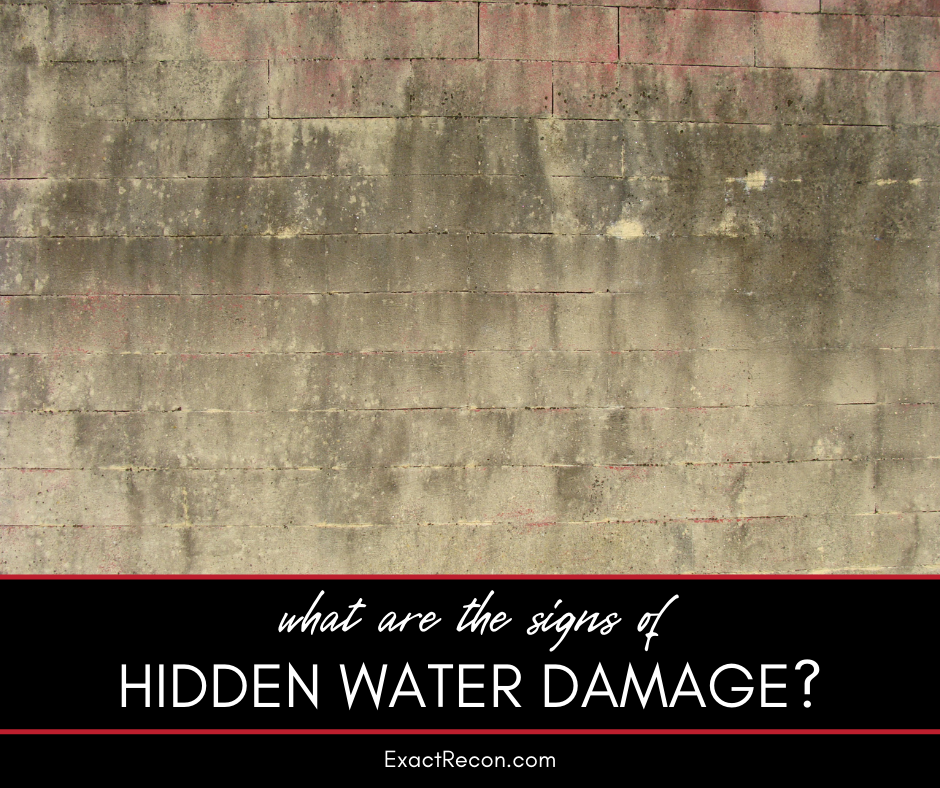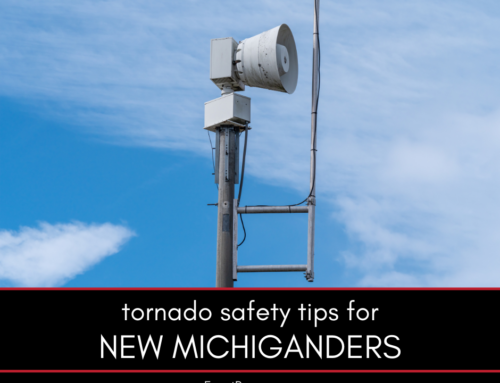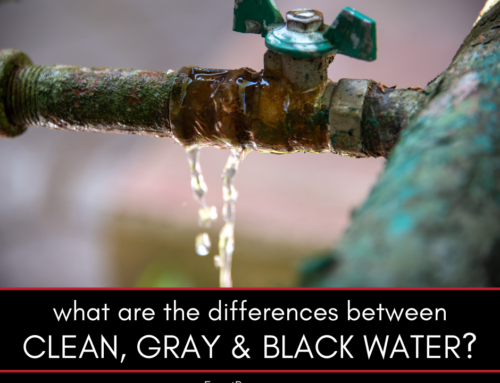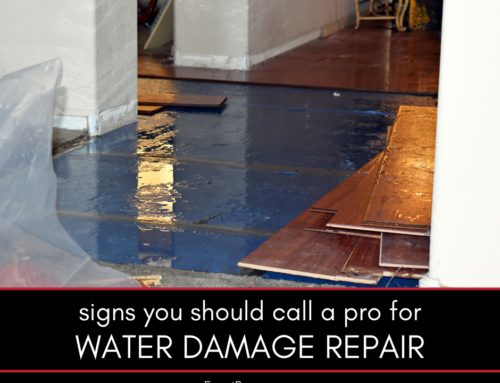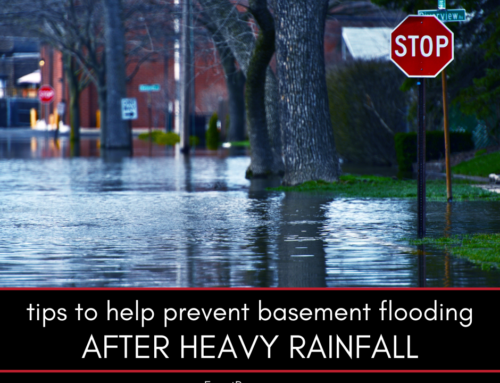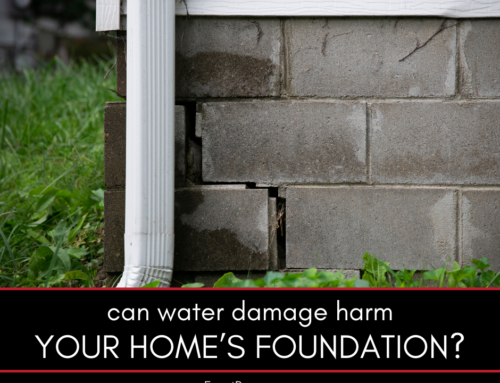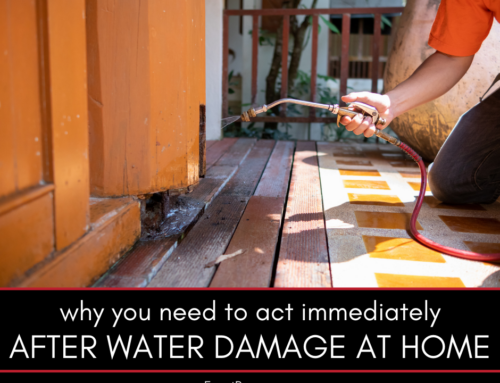Water damage isn’t always immediately visible. Sometimes, it lurks behind walls, under floors, or in other concealed areas of your home. Recognizing the signs of hidden water damage is crucial to address the issue promptly and prevent further complications. If you’re concerned about potential hidden water damage or want to be vigilant about your home’s health, this guide is for you. Drawing from our extensive experience, we’ll highlight the key signs that might indicate concealed water damage.
What Are the Signs of Hidden Water Damage?
Hidden water damage can manifest in various ways. Being aware of these signs can help you take timely action.
This guide covers:
- Unusual odors
- Discoloration and stains
- Warped materials
- Mold growth
- Increased utility bills
- Sounds of dripping or running water
- Health symptoms
Here’s a closer look at each.
Unusual Odors
One of the earliest indicators of hidden moisture or water damage is the presence of a distinct musty or moldy odor. This smell is often reminiscent of wet paper or old books and is most pronounced in enclosed areas with poor ventilation. Basements, bathrooms, and closets are common places where these odors might first become noticeable. The smell arises from the growth of mold and mildew, which thrive in damp conditions. If you detect such an odor, especially if it persists or intensifies over time, it’s a clear sign that there might be hidden moisture in that area.
Discoloration and Stains
Water stains can manifest as yellow, brown, or copper-colored spots or streaks on walls, ceilings, or floors. These discolorations are often the result of water seeping through these surfaces, leaving behind mineral deposits or causing the material itself to change color. Over time, if left unchecked, these stains can grow in size and become more pronounced, indicating an ongoing issue.
Warped Materials
Materials like wood, drywall, and carpet can react adversely to prolonged water exposure. This can lead to buckling, sagging, or bulging. For instance, hardwood floors might start to lift at the edges or create a “cupped” appearance. Walls might develop a wavy texture, and ceilings could sag under the weight of trapped water. These physical deformities in the structure of your home are strong indicators of water damage.
Mold Growth
Mold is a fungus that thrives in damp and dark environments. Its presence is a clear sign of prolonged moisture exposure. Mold can appear as black, green, or even white patches or specks. While it’s common in places like bathroom tiles due to regular water exposure, finding mold in unexpected areas, such as living room walls or bedroom ceilings, is a red flag for hidden water damage.
Increased Utility Bills
While many factors can influence your utility bills, a sudden and unexplained increase in your water bill might indicate a problem. If you haven’t significantly changed your water usage habits but notice a spike in your bill, it could be due to a leak in your plumbing system. Leaks, especially those that go undetected, can waste a significant amount of water over time, leading to higher costs.
Sounds of Dripping or Running Water
Sometimes, the first sign of a hidden leak is auditory. If you’re in a quiet room and hear the sound of dripping, rushing, or running water without a clear source, it’s worth investigating. These sounds can come from behind walls, under floors, or above ceilings and can indicate a hidden plumbing issue.
Health Symptoms
Prolonged exposure to mold and mildew, which often accompany hidden water damage, can have health implications. Individuals might experience heightened allergy symptoms, respiratory issues, or even unexplained illnesses. Symptoms can include sneezing, coughing, skin rashes, or eye irritation. If members of your household suddenly develop or have worsening of these symptoms, especially in conjunction with other signs on this list, it might be linked to hidden water damage and mold growth.
FAQ About Hidden Water Damage
Here are some frequently asked questions about hidden water damage. If you don’t see the answers you’re looking for here, please call our office. We’re here to help.
How Can I Confirm Hidden Water Damage?
Professional inspections using tools like moisture meters and infrared cameras can help detect and confirm hidden water damage.
What Should I Do If I Suspect Hidden Water Damage?
It’s essential to act quickly. Contact a professional to assess the situation and recommend appropriate measures.
Can Hidden Water Damage Affect My Home’s Value?
Yes, untreated water damage can lead to structural issues and mold growth, potentially decreasing your home’s value.
How Can I Prevent Hidden Water Damage?
Regular maintenance checks, promptly fixing leaks, and ensuring proper home ventilation can help prevent hidden water damage.
Is Hidden Water Damage Covered by Insurance?
Coverage varies by policy. It’s crucial to check with your insurance provider about the specifics of your policy.
Recognizing the signs of hidden water damage is the first step in addressing the issue. By staying vigilant and seeking professional guidance when needed, you can protect your home and ensure a safe living environment.
Do You Need a Disaster Remediation Expert in Washtenaw County or Jackson County?
If your home has already been damaged, we can help. Check out our services and call Exact Recon for your free disaster remediation quote today. We offer:
- Water damage restoration
- Mold removal and remediation
- Fire and smoke restoration
- Sewer cleanup and disinfecting
- Reconstruction
- Wind and storm damage repair


